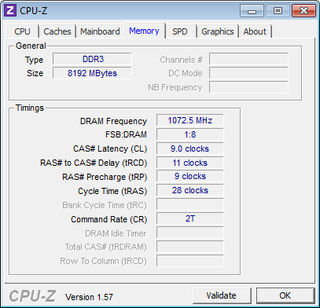Man Vs. Machine: Four Automatic Overclocking Techs, Compared
Targeting inexperienced tuners with easy-to-use buttons, several motherboard vendors now provide one-touch overclocking technologies that take away the guesswork. We examine the ease, effectiveness, and safety of methods provided by four major brands.
Manual Overclocking And TurboV EVO
We used the overclock settings from our P8Z68 Deluxe firmware description to set Intel’s Core i7-2600K to 4.73 GHz at 1.35 V. Actual settings include a 1.335 V CPU core with “Extreme” Load-Line Calibration at a 47x multiplier and 100.5 MHz BCLK.

Asus’ class-leading memory overclocking capability allowed us to simultaneously use our memory’s XMP-2200 values to reach DDR3-2145.

Asus TurboV EVO requires one reboot to enable live ratio changes from Windows. A few of the firmware’s clock and voltage settings are repeated here, though the software’s maximum overclock came up around 100 MHz short of what we were able to demonstrate using the firmware to dial in our desired settings.

Changes to the CPU core voltage showed up in both CPU-Z and Asus Probe II, but were not reflected in the TurboV EVO menu. This might be because we set the board's BIOS to fixed (rather than offset) mode. We believe the relatively large delta in overclocking capability between software and firmware settings is most likely due to differences in “Load-Line Calibration” between automatic (software) and manual (firmware) adjustment methods.
Stay on the Cutting Edge
Join the experts who read Tom's Hardware for the inside track on enthusiast PC tech news — and have for over 25 years. We'll send breaking news and in-depth reviews of CPUs, GPUs, AI, maker hardware and more straight to your inbox.
Current page: Manual Overclocking And TurboV EVO
Prev Page Asus OC Tuner Next Page Gigabyte Smart QuickBoostMost Popular


